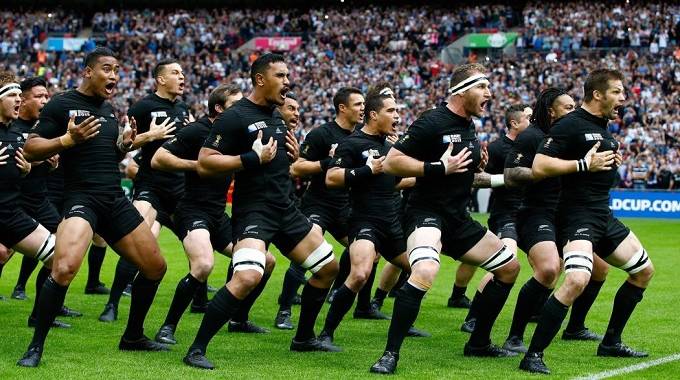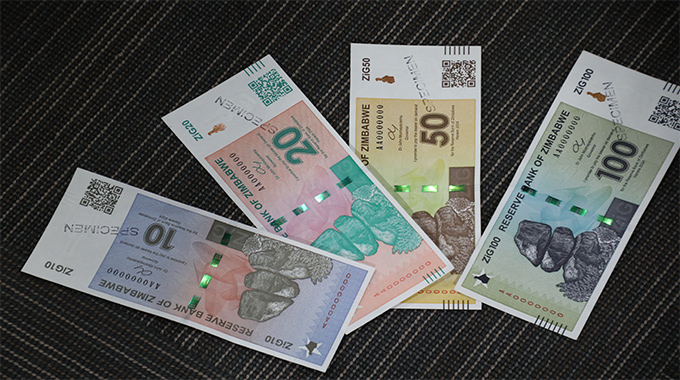The Jersey: The secrets behind the world’s most successful team

COMPLETE strangers held onto one another as if they were family, all eyes trained on one man whose hand seemed to take an age to reach his mouth.
He blew the whistle. The atmosphere erupted with screams, hugs and kisses. Grown men and women were sobbing. The Springboks had beaten the All Blacks. In New Zealand!
A few days later in September, a letter in Business Day derided the delirium. The author argued that the degree of celebration was an indictment of how low the standards of Springboks supporters had dropped.
A more likely reason for the euphoria was the fact that an unfancied bunch of guys, many of whom were humiliated 57-0 a year ago, had done the unthinkable: they had beaten the best rugby team in the world, arguably the best team ever and almost certainly the most successful sporting team across all codes around the world — at home.
The All Blacks jersey carries with it an aura of invincibility. Their starting 15 could be injured and the next 15 would still stand head and shoulders above the rest of the world. How did a tiny nation of less than 5 million people build such an unshakeable dynasty of excellence?
This premise drives Peter Bills’s book The Jersey. It is a quest to get into the veins of New Zealand’s rugby fraternity, from the 1800s until today. With unprecedented access to New Zealand rugby, its heroes and work horses, Bills has pieced together an epic tale of a tiny nation obsessed with the oval ball.
The book is a page-turner that sweeps readers along with the author’s enviable gift for storytelling. Reading his words is like sitting around a fire with a village elder, soaking in the opinions of everyone, from the town mayor to the jovial baker on the corner. He strides off on colourful tangents, filling in the rich back story of the numerous real-life characters in the book.
This is not anthropological or scientific analysis. It is a book of anecdote and nuance. It is a sports fan’s book, espousing old rugby values such as fortitude, teamwork and passion. It contrives to construct a New Zealander as the quintessential rugby man, wiry, hard, stoic and honourable. It’s the stuff of school assemblies at any one of South Africa’s private boys’ schools every Monday morning. It’s all, for lack of a better description, quite colonial.
In the early chapters there is some cringe-making reductionism involving Polynesians. Reading those lines as a South African is poignant.
In describing the early integration, Bills writes: “The word was they lacked discipline. Concentration. They wouldn’t live up to the high demands. Good in short bursts for their explosive power, so the argument went. But over 80 minutes? They wouldn’t sustain it and would weaken the spine of New Zealand rugby, namely, a team forged on physically strong, no-nonsense farmers. Rich in the DNA of their ancestors.”
All Blacks legend Colin Meads, who died before publication, told Bills: “They are really good rugby players. They have been brought up with our education system. They have got education and they are disciplined. If they are not disciplined, they don’t quite get into the All Blacks.”
Discomfort about the great white saviour aside, the anecdotes attempt to piece together the integration of different cultures over the decades. One conclusion is that the “Paheka”, or whites, are the ones who had to be the most flexible to adapt and learn what it means to be a New Zealander. “Key qualities are necessary to integrate peoples. Tolerance and patience are good starting points,” writes Bills.
The stories weave an intricate All Black tapestry. Readers are taken on a fascinating journey through world wars, the schooling system, club rugby and the failures of the northern hemisphere. You are fed doses of opinion on the business and basics of rugby. An entire chapter is dedicated to sports psychology, no doubt an integral part of New Zealand’s success.
Fancy a dip into the opinion of Graham Henry and Steve Hansen on the Springboks’ prospects? It’s all there in black and white, quite literally. Reading these words as a South African is guaranteed to raise the pulse more than watching Beauden Barrett break a tackle on the attacking 22.
Perhaps one piece of bittersweet consolation for long-suffering South Africans is that Bills pinpoints a single moment in SA in 2004 that played an immense role in the All Blacks becoming the behemoth they are today.
The sight of neatly dressed Springboks placing disgraced, vomiting and incoherent All Blacks into the recovery position on the lawn of a five-star hotel in Johannesburg lit a fire in Henry’s eyes and New Zealand’s belly that would burn the rest of the world for the next 14 years.
If you love rugby, read the book. It will underline how special the Boks’ win in New Zealand was on September 15, and how expected, even scripted, the All Blacks’ comeback in Pretoria was two weeks later. —BusinessLive











Comments